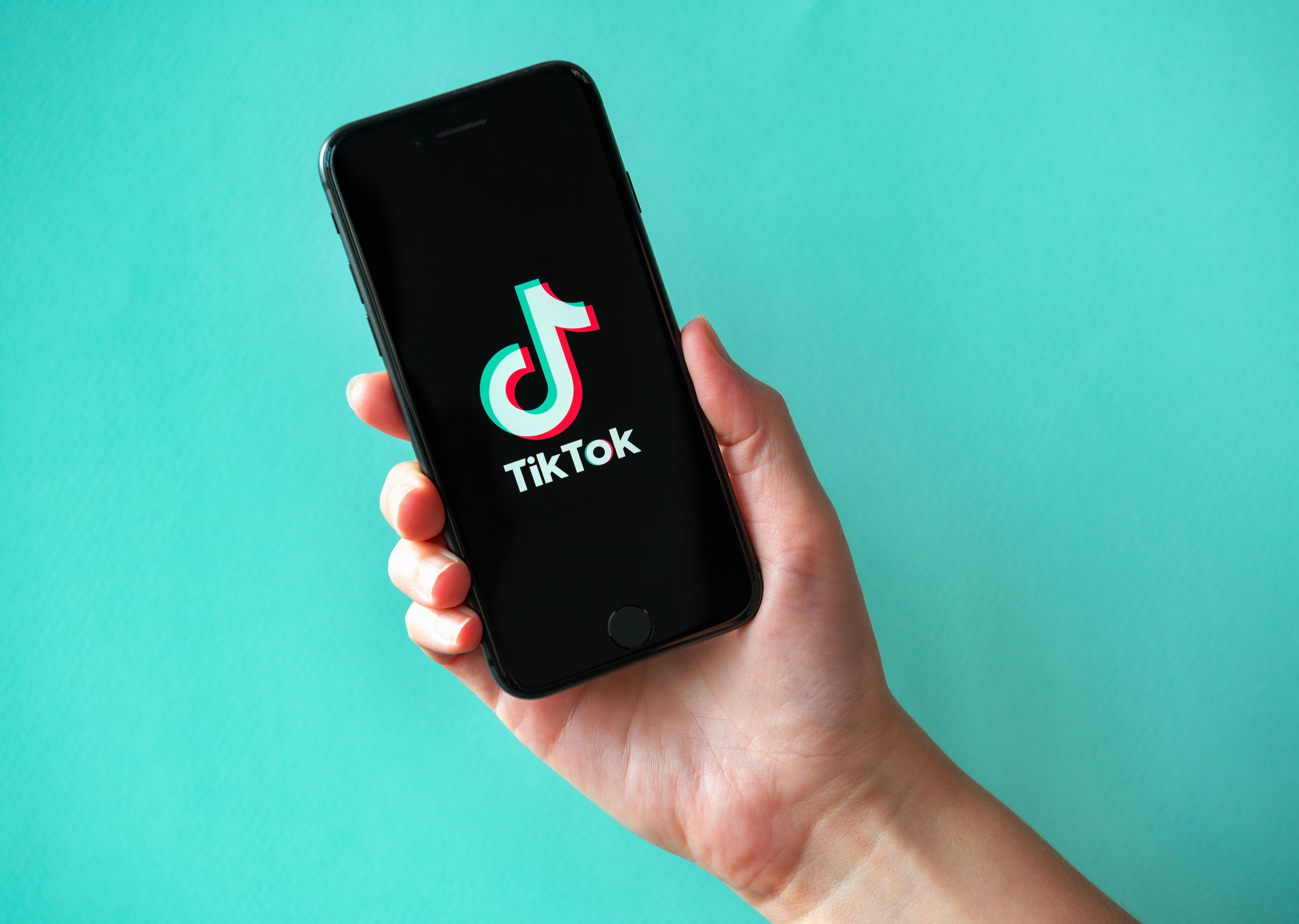TikTok Users Spread Misinformation About Gynecologic Cancers
Information about gynecologic cancers found on TikTok may not be credible or reliable, according to findings from a recent study.
Some TikTok videos included misinformation about gynecologic cancer, researchers found.

Users on TikTok are spreading misleading or false information about gynecologic cancer, according to an expert.
The popular social media platform, known for its short yet entertaining videos, includes content from users that may display information, such as education or myths, about gynecologic cancer that may not be true.
A study published on Gynecologic Oncology and co-authored by Dr. Laura Chambers, a gynecologic oncologist at the Ohio State Comprehensive Cancer Center at the James Cancer Hospital, highlighted the spread of misinformation on TikTok regarding gynecologic cancers and what some of the videos looked like to viewers.
“My hope — in coming years — (is) that we’re going to have a lot more reliable sources for patients on these platforms,” Chambers said. “I think this research study just really starts the dialogue on that.”
The researchers of the study, including Chambers, evaluated the top 100 videos from five different cancers: uterine, cervical, ovarian, vulvar cancers and gestational trophoblastic disease (rare tumors that develop in the uterus during early stages of pregnancy).
After completing a theme analysis of these five cancers, Chambers said they “went through, and (asked) what themes (were) being discussed. So, this is stuff like body image, pregnancy loss, infertility, things like that.”
In particular, they found that some users were creating videos that spread some potential myths about gynecologic cancer, Chambers said.
“(Some users were) talking about natural therapies and using natural therapies instead of chemotherapy, instead of radiation, that type of thing was common,” she explained. “And then, we also did find that some patients also talked about like procedures that they may undergo for their cancer therapy, and talking about things that may not be truly accurate related to that.”
“A lot of it doesn’t come from a bad place of people trying to spread bad information,” Chambers noted as a caveat. “I think that a lot of it was just truly patients trying to share the knowledge they had and trying to educate others.”
Regarding the credibility of information in these videos, Chambers and the co-authors of the study found interesting results based on a scale they used.
“There’s a couple of different ways to assess how good of educational quality something is. And one of the ways this is something called a DISCERN score. So, basically … it’s a point scale from one to five, with five being good and one being poor,” Chambers explained.
“It looks at how accurate (the video) is: (are) the goals clear? (Are) there links to primary literature? Basically, (it is used) to score the post to see how accurate they were and how reliable they were,” she said. “And we found that the educational content was very poor quality. On that scale of one through five, it was a one.”
In addition to analyzing themes and the credibility of education, the co-authors of the study also found that racial disparities relating to gynecologic cancers on TikTok were “pervasive,” according to Chambers.
From the research, most of the users posting videos were of White descent, which the authors established could contribute toward the misinformation spread on the platform.
“What we found was of those top posts, 75% of them were made by White creators,” Chambers said. “These disparities are pervasive, even in terms of the content that people are watching. … We found that patients that were Black (and) Hispanic were more likely to talk about pregnancy loss and infertility than other races. We found that posts from South Asian creators were more likely to be educational. And then those that were Hispanic were also more likely to talk about body image.”
For patients with gynecologic cancers who may want to turn to TikTok and other social media platforms, Chambers still recommended using it.
“There is just a lot to learn and a lot that's really hard when you have cancer. And I think that many of these social media accounts provide kind of a home for patients to learn about their cancer and to interact with others,” she said. “And they post great memes and funny stories, and not only just funny stories, but beautifully heartbreaking and heartwarming stories. And I think it normalizes the experience and makes it not so terrifying.
“It's really great when (patients) educate themselves. So, I do encourage it. I think the biggest thing is just take everything with a grain of salt.”
For more news on cancer updates, research and education, don’t forget to subscribe to CURE®’s newsletters here.